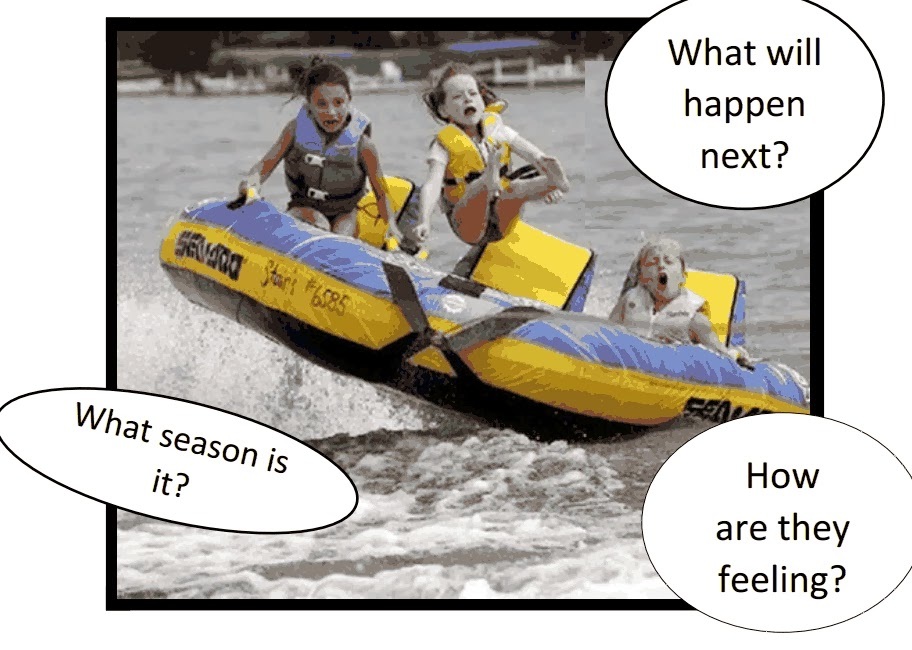

But before you do, she adds, listen to a few words from your friends at Best Buy electronics, home of fast, friendly, courteous service-"Expert Service. Sweet Cocoon: Story Elements, Drawing ConclusionsĬhanging Batteries: Drawing Conclusions, Inferring (This one is sad too.It's Beyoncé, the last few bars of "Hold Up." The upbeat DJ shouts at you that it's 7:41 and you'd better get going. Jinxy Jenkins and Lucky Lou: Compare and Contrast Joy and Heron: Problem/Solution, Story Elements, Lesson/Message (Compare with "Dustin") Kiwi!: Drawing Conclusions (Warning- this one is sad.)ĭustin: Inferring, Conflict, Conflict Resolution (Compare with "Joy and Heron") Home Sweet Home: Asking Questions This short is a bit long (10 minutes). We continued to practice during guided reading, and spiraled back to theme as we read throughout the year.įor the Birds: Infer, Predictions or Cause and Effectĭay and Night: Compare/Contrast, Author's Message Discussions got pretty deep, which made my teacher heart happy ) To support my beginning ELLs, I printed pictures of the different scenes that symbolized love (couples- turtles, birds, whales, clouds).īy the end of the lesson my students had a good understanding of the skill, and they were ready to practice looking for a theme in their own reading. After the second viewing they shared many of the symbols of love, and they noticed that the song lyrics sang about having hope. This time I set the purpose to look for symbols of love, and evidence of hope. Then I asked, "What do you think the message or big idea was in this film?" They shared lots of thoughts, and I noted the common ideas the group came up, which were love and hope. After their first viewing, I asked them to share what they noticed about the film. The first time was simply to enjoy the story. For this lesson, my students watched the film twice.


I then share common themes found in stories, such as, perseverance, family, friendship, hope, honesty, self determination, courage, etc. I describe theme as the heart of the story.

One of my absolute favorite lessons to teach is "theme." Last year, my fifth graders were having trouble grasping the concept, so I searched for a good short film to visually "show" them theme, and I found the perfect one! Learning what the skill looks like visually, and practicing with a media kids are already familiar with, is an effective first step in students applying the skill to their reading. Just about ANY reading skill can be taught with shorts: making connections, asking questions, sequencing, predictions, drawing conclusions, plot, character development, theme, and this list goes on and on! Which reading skills can be taught using shorts? You don't want any unexpected surprises! Also, sometimes there is an advertisement to get through at the beginning, so I always set it up beforehand, that way it's all ready to go for the lesson. Be careful to always view films before showing them in class. My go to place to find great shorts is YouTube. My students, regardless of their level of language proficiency, "get" the lesson more easily because the shorts are visual. Most shorts do not have dialogue, they're all action. Show a short film and students are engaged! Visual learners and students who typically struggle with reading comprehension, including English language learners (ELLs), have greater success practicing comprehension skills with shorts.


 0 kommentar(er)
0 kommentar(er)
